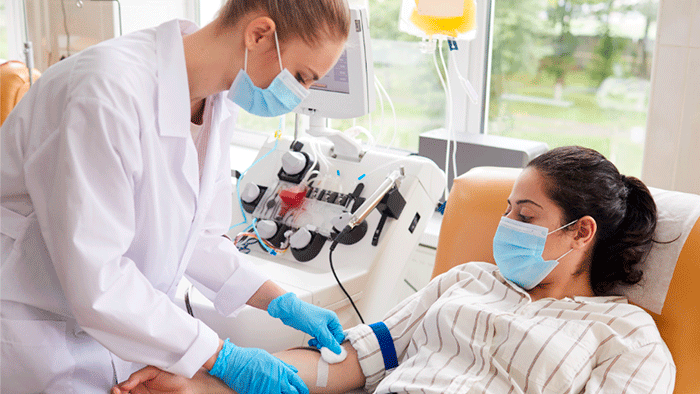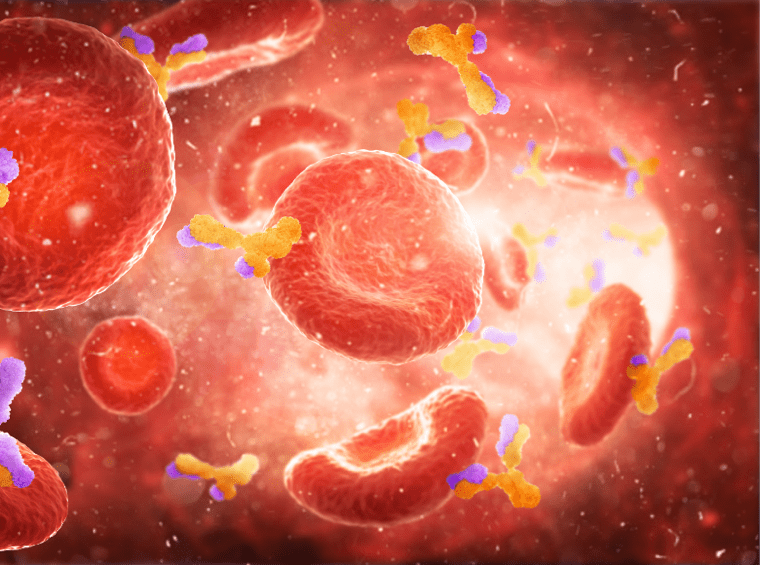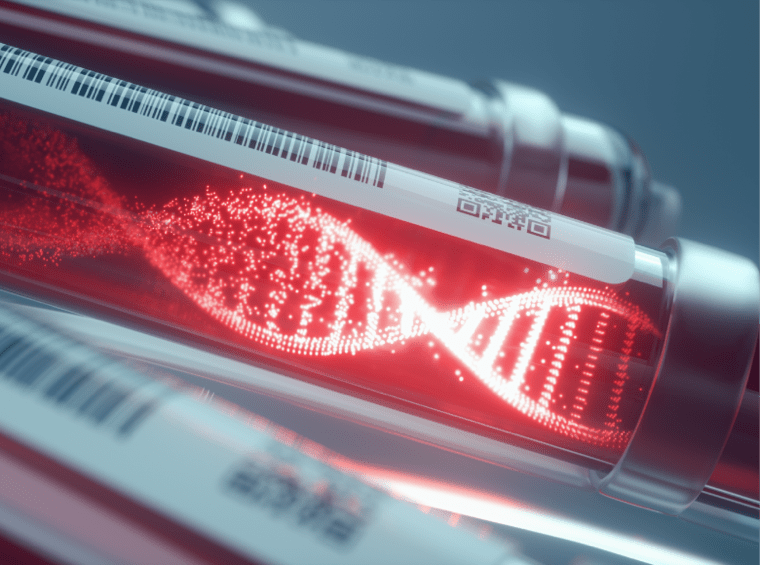Phenotyping and Genotyping for Blood Transfusions

Matching blood components between donors and recipients is crucial in providing compatible blood to alloimmunized patients or preventing alloimmunization. Outcomes of incompatible blood transfusions can vary from no clinical manifestations to severe life-threatening hemolytic reactions. Both serologic and molecular methods can be used to predict red cell phenotype. DNA-based molecular methods have advantages over serologic methods, including being able to predict phenotype in post-transfusion recipients and in recipients whose red cells are coated with IgG or therapeutic drugs.
Serologic Methods to Predict Phenotype
Serologic methods utilized in transfusion medicine for detecting agglutination have drastically changed over the decades, from manual tube testing to the use of fully automated equipment based on solid phase and gel column techniques. Gel cards, in particular, provide very sensitive detection of agglutination reactions which can be recorded photographically for documentation purposes in the medical laboratory.
The shift from polyclonal reagent antisera in the mid to late 80's to monoclonal reagent antisera has transformed the accuracy and cost of blood typing. At that time, antisera were manufactured from hyperimmunized humans or animals. This methodology was costly, unreliable and rather risky for the donors. High-volume monoclonal antisera production from an immortalised cellular clone, however, significantly improved the quality and availability of antisera while also supporting standardization of the production process and criteria.
Serology in the blood bank laboratory has formed the basis of identifying red blood cell antigens and antibodies before transfusion. While adequate for most patients, serology-based reagents are not perfect, as it can be challenging to produce reagents that are sufficiently potent, pure and capable of identifying every variant.

Molecular Methods for Genotyping to Predict Phenotype
Following the advent of molecular technology, transfusion medicine experts have been looking into specific patient groups that might benefit from molecular-based immunohematology testing. Patients subject to chronic transfusions, for example, such as those with Sickle Cell Disease or Thalassemia, are at a high risk of alloimmunization and molecular platforms have increasingly been used to identify extended antigen-matched donor blood for these patients. In this context, high-throughput genotyping could permit a larger number of antigens and donors to be screened. Consequently, molecular-based methods hold the opportunity to identify unique combinations of antigen-negative blood needed for the alloimmunized, multi-transfused patient.
Molecular-based methods have also greatly enhanced the abilities of immunohematology reference laboratories to resolve complex patient serologic problems, including those identified in red cell alloimmunized patients. Molecular-based methods have also expanded to include genotyping for other cellular antigens, such as HLA and platelet-specific antigens, which is helpful in the management of platelet refractory patients and neonatal alloimmune thrombocytopenia (NAIT).
Genotyping does not solve all problems in the immunohematology lab. Genotyping solely predicts a blood type that may in some instances not correlate with the serological determined phenotype. Genes can be silenced or their expression can be weakened which could impact result interpretation. Nevertheless, blood group genotyping has become an invaluable supplement to traditional serological method to improve precision and safety of blood typing in both the blood donor and patient population.

References
Moulds JM. Future of molecular Testing for red Blood Cell Antigens. Clin Lab Med 2010; 30: 419-429. PUBMED Link.
Flegel WA et al. Molecular Immunohematology round table discussions at the AABB Annual Meeting, Philadelphia 2014. Blood Transfus 2016; 14: 425-433.
Wu PC, Pai SC, Chen PL. Blood group genotyping goes next generation: featuring ABO, RH and MNS. ISBT Science Series 2018; 13: 290-297.
Bertsch T, Luedecke J, Antl W, Nausch LWM. Karl Landsteiner: The Discovery of the ABO Blood group System and its Value for Teaching Medical Students. Clin. Lab. 2019; 65: 897-902.PUBMED Link.
Marks LV. Monoclonal antibodies and the transformation of blood typing. mAbs 2014; 6(6): 1362-1367.PUBMED Link.
Rouger P, Noizat-Pirenne F, Le Pennnec PY. Advances in the use of monoclonal antibodies for blood group testing. Transfus Clin Biol 1997; 4: 345-349.PUBMED Link.